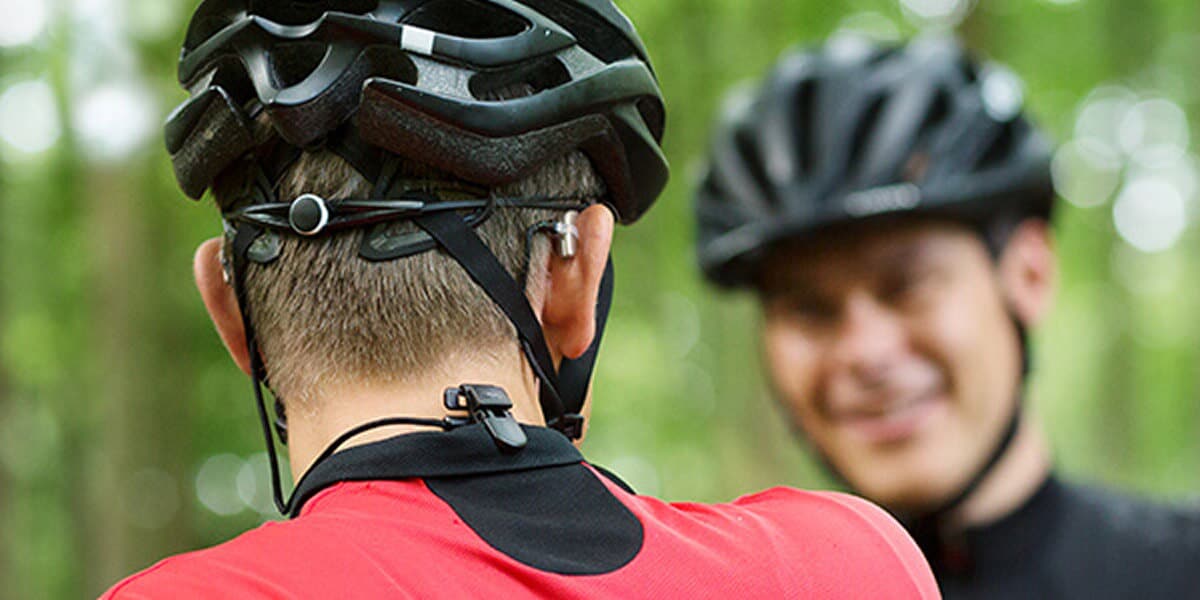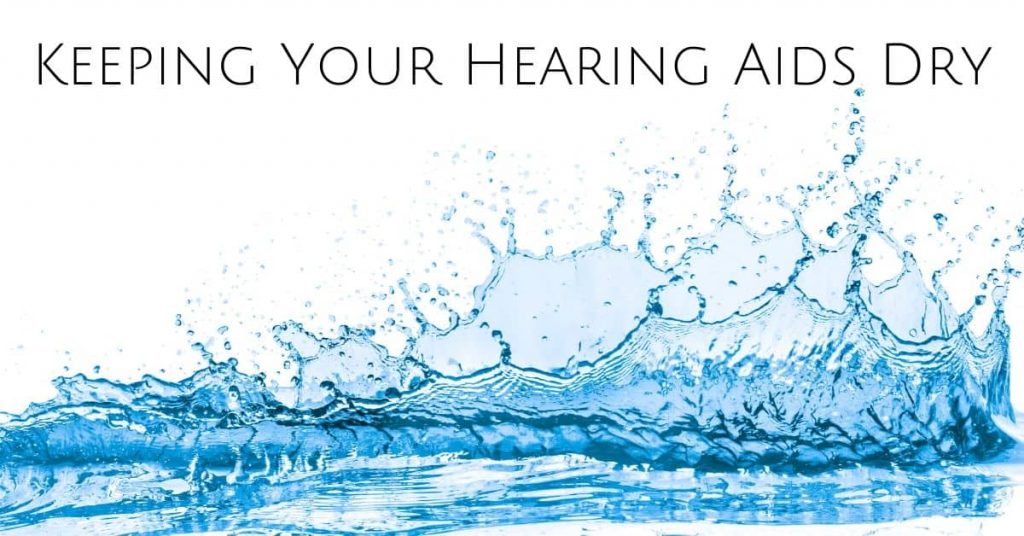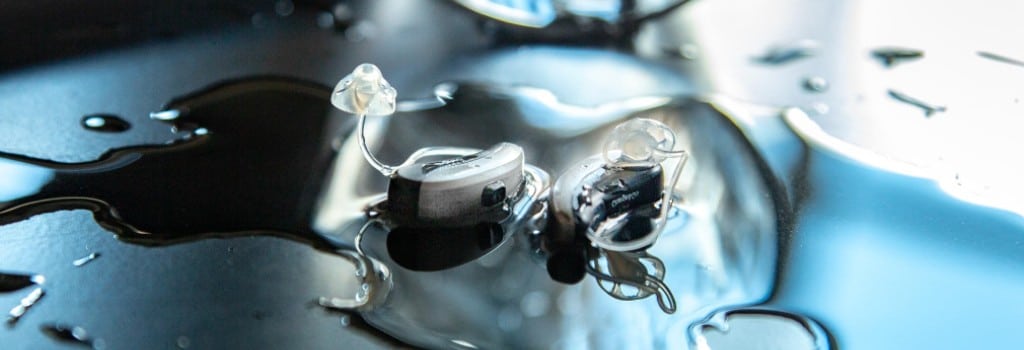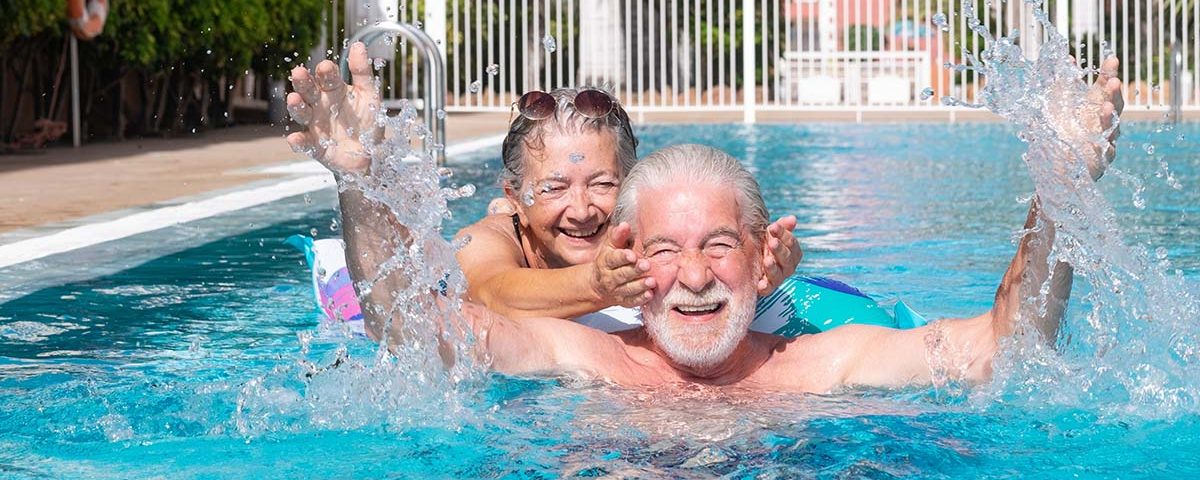
Oticon Genie 2 22.1
March 23, 2022
Safety Tips when Biking with Hearing Aids
July 21, 2022My hearing aids got wet! What should I do?

Firstly, don’t panic – And go easy on yourself
Lots of people get their hearing aids wet – especially just after they got them.
Maybe you accidentally showered with your hearing aids on. Or perhaps you jumped into a pool with carefree abandon.
Good for you! You are just doing what’s normal. This is an indication that your hearing aids are now a natural part of you to a point where you forget that you are wearing them.
The good news is: your hearing aids should be fine.
Hearing aids are designed to withstand all sorts of daily life situations, including getting caught in the rain, working up a sweat or getting briefly soaked. You need to remove them if you go swimming, but this is not necessary for activities like sailing, nor when it rains.
How much water can hearing aids survive?
During quality testing of new hearing aids, we place them under 1.5 metres of water for 30 minutes – which they should be able to withstand to meet the so-called IP68 standard for electronic devices. This is the same standard reached by modern smartphones, which can also survive exposure to water and dust if it is not prolonged.
This means our hearing aids are water resistant and able to survive an occasional dunking.
However, this does not mean that they are waterproof, and any more violent or prolonged exposure to water – like going through a washing machine cycle – might be the end of them.
If this happened to your hearing aids, we recommend giving them a good drying out. They might be able to survive.

How to dry your hearing aids
We recommend the following if your hearing aids get sweaty or wet, especially during the humid conditions of summer.
Step 1 – Remove the battery if possible
If you have disposable batteries, remove them and discard them according to your local regulations. Then leave the battery drawers open.
If you have rechargeable hearing aids, you can’t remove the batteries. Then simply turn your hearing aids off.
Step 2 – Leave to dry
There are more ways to do this:
- Place your hearing aids on dry, soft paper in a warm, well-ventilated area.
- Place your rechargeable hearing aids in the Oticon SmartCharger. The charging will make the temperature under the charger lid rise, and this warmer condition can be used to dry the hearing aid while they charge.
Never put your hearing aids in the microwave or oven as too much heat can quickly damage them beyond repair. This could also happen if you use a hairdryer to dry them.
If your hearing aids do not work, contact Lanarkshire Hearing Centre for help.
Using a hearing aid dryer
A hearing aid dryer is a dedicated product for drying hearing aids.
Electric hearing aid dryers are purpose-made devices consisting of a plastic box into which you put your hearing aids. They use different technologies to dry hearing aids, including warm air, desiccants (drying agents), and UV light.
Non-electric hearing aid dryers are more simple and usually cheaper. They usually consist of a jar or pot containing a desiccant like silica gel, into which you put your hearing aids. The dehumidifying substance (drying agent) in the jar or pot then draws the moisture out of your hearing aids.
Please note that hearing aids are water and dust resistant, so they should not require a dryer. Our rechargeable batteries are nano-coated as well, making them resistant to moisture ingress. If you live in a humid area a dehumidifier may be recommended.
For rechargeable batteries it is not recommended to use a dryer if temperatures exceed +40 oC, because the lithium-ion batteries are sensitive to heat.



